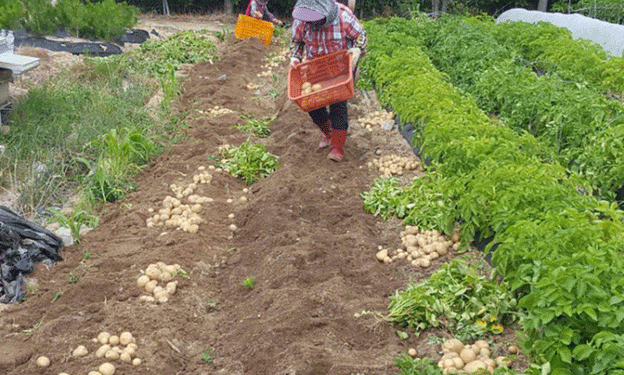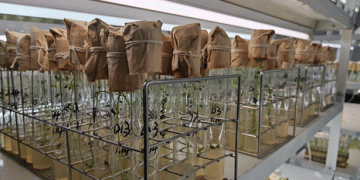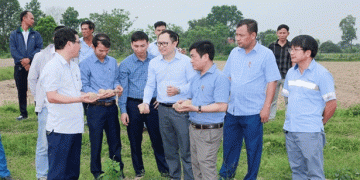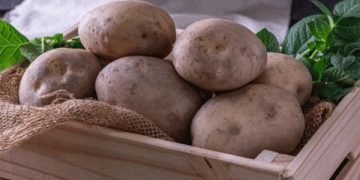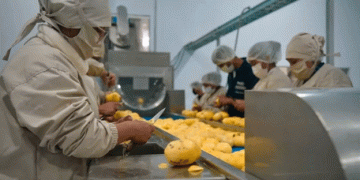Spring Potato Production Up by 11.1% in 2024: Trends and Insights
The latest figures from the South Korean Statistics Office reveal a significant boost in spring potato production for 2024. With a year-over-year increase of 11.1%, the total production has reached 397,613 tons, up from the previous year’s 359,591 tons. This surge is not just a testament to the growing demand but also reflects the impacts of improved cultivation practices and favorable weather conditions.
Factors Driving Production Increase
Several key factors have contributed to this impressive growth:
- Expanded Cultivation Areas: The area dedicated to spring potato cultivation has increased by 5.6% this year. This expansion has allowed for a larger volume of potatoes to be grown and harvested.
- Improved Yields: Production per unit area has also risen by 5.2%. This increase in yield can be attributed to better agricultural practices, including advancements in seed quality and crop management techniques.
- Favorable Weather Conditions: The weather conditions during the critical growth phase in May were notably favorable, which played a significant role in boosting yields. Additionally, price stability and favorable sowing conditions have contributed to the overall increase in production.
Regional Production Insights
The production increase is not uniform across all regions. Key areas leading in production include:
- Gyeongbuk: Leading with 69,882 tons, accounting for 17.6% of the total production.
- Chungnam: Following closely with 67,117 tons, representing 16.9%.
- Gangwon: Contributing 47,790 tons, or 12.0% of the total.
These regions have shown robust production capabilities, which highlight their importance in the spring potato industry.
Implications for the Industry
The substantial rise in spring potato production suggests a positive outlook for the industry, with enhanced supply levels potentially leading to stabilized or lower prices. For farmers and agricultural engineers, this is an opportunity to analyze successful practices and consider scaling operations or adopting new technologies to maintain or increase yields.
Moreover, the increase in production areas and yields could lead to greater market competitiveness and offer more choices for consumers. However, it also necessitates ongoing attention to environmental factors and market dynamics to sustain growth and profitability.
The 11.1% increase in spring potato production for 2024 reflects both expanded cultivation areas and improved agricultural practices. As the industry adapts to these changes, it will be crucial for stakeholders to monitor trends and adjust strategies to maximize benefits and address any emerging challenges.
